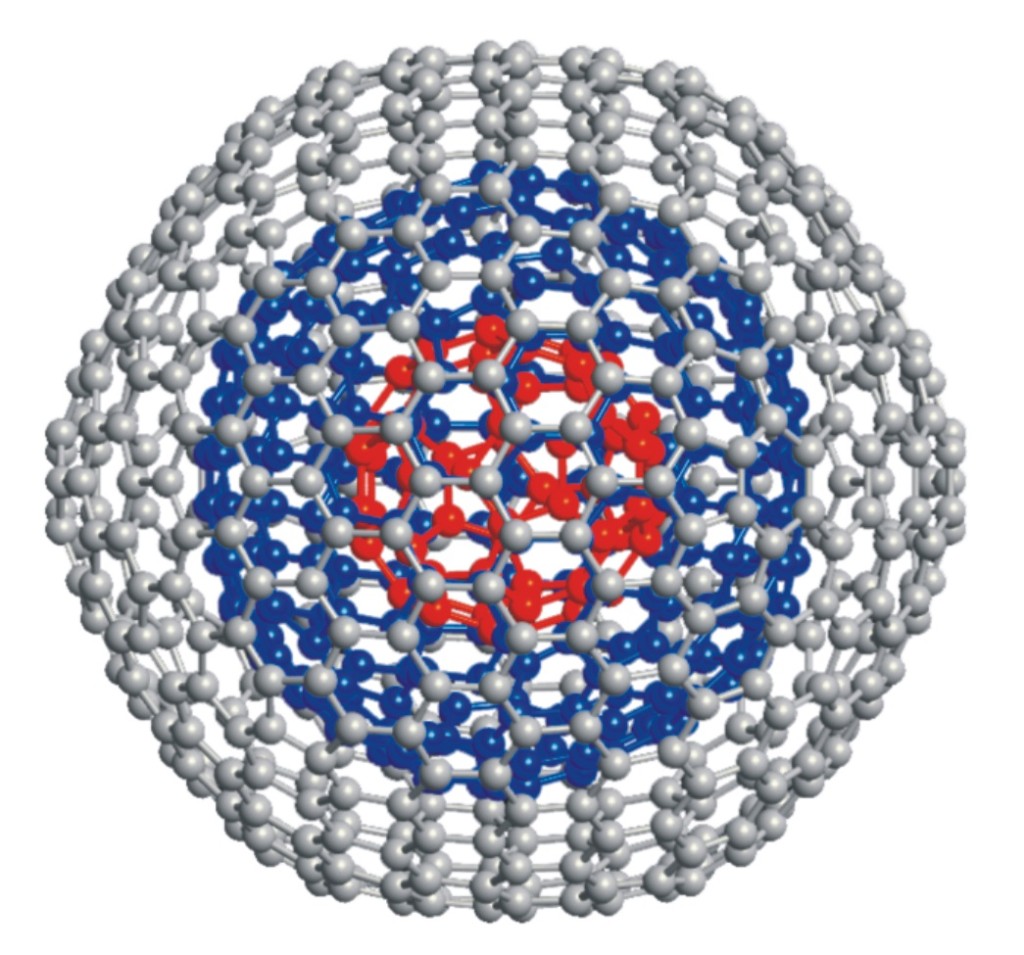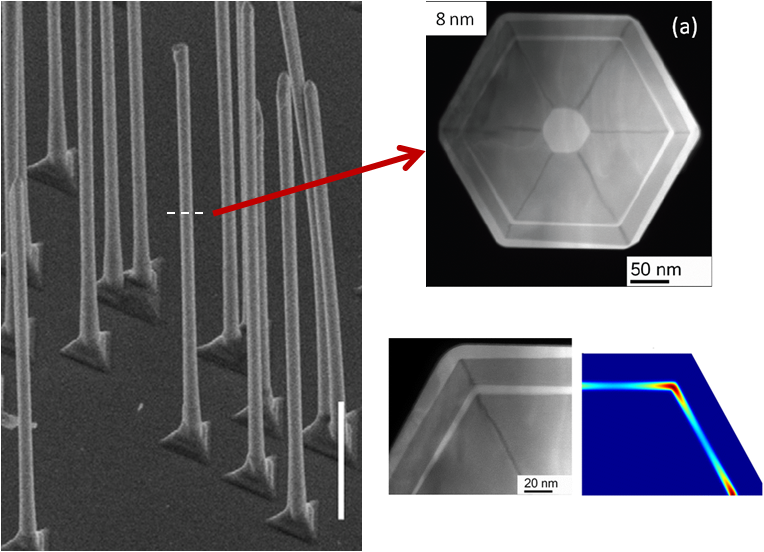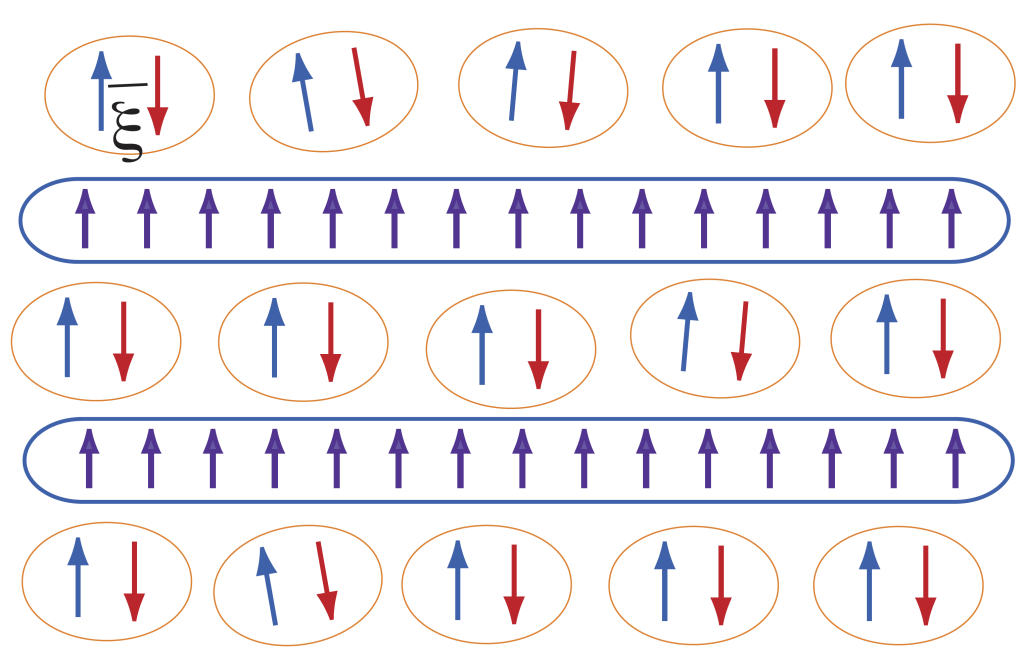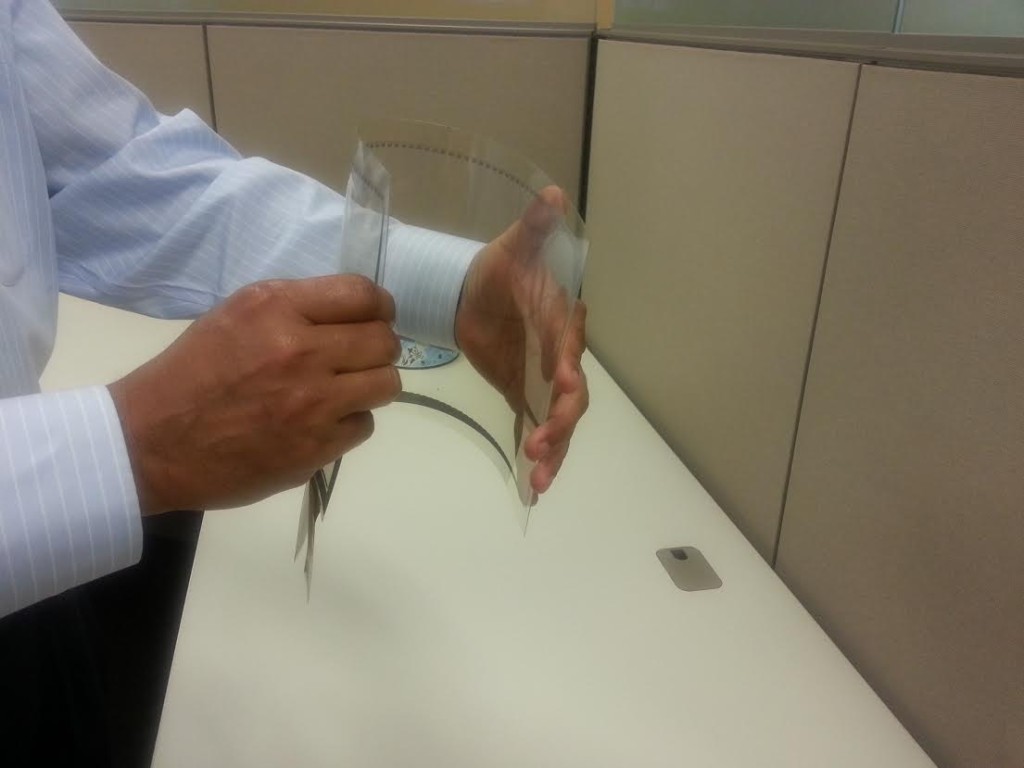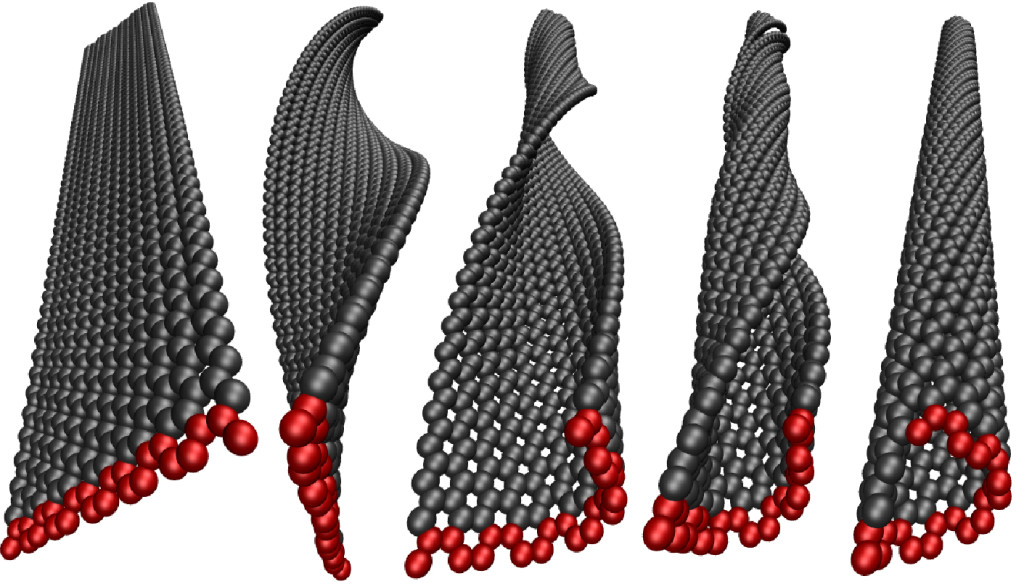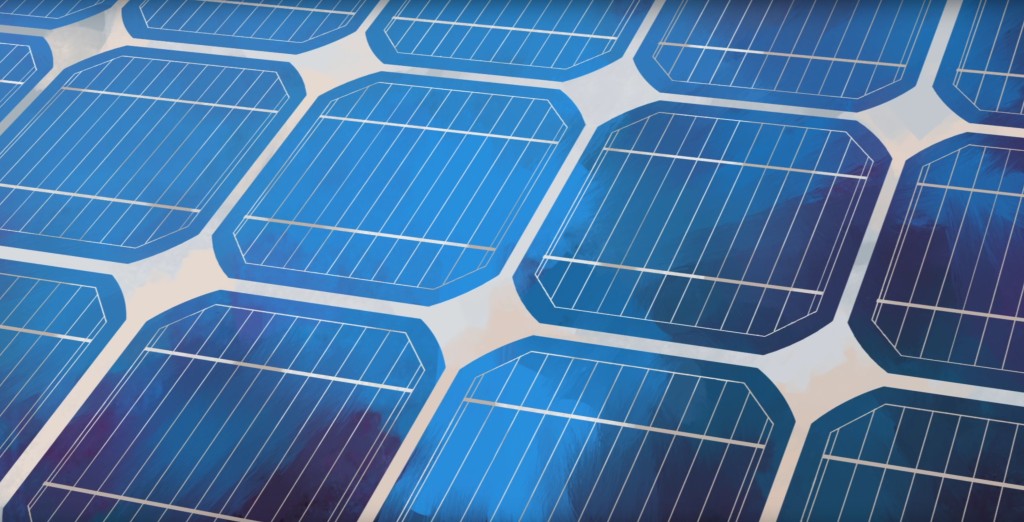FUNSIZE RESEARCH
Posts showcasing the wonder, beauty, and potential of cutting-edge materials research—freely contributed by physicists from across the country. (Funsize Physics is not responsible for any minds that are blown.)
Mood rings
by Sara Callori
How can this ring change color depending on its wearer’s mood? The short answer is polymers—long molecular chains that make up everyday objects like garbage bags and toothbrushes, along with some of your favorite toys! Click to learn how mood rings rely on the shapeshifting behavior of polymers to predict your mood. (Maybe.)





